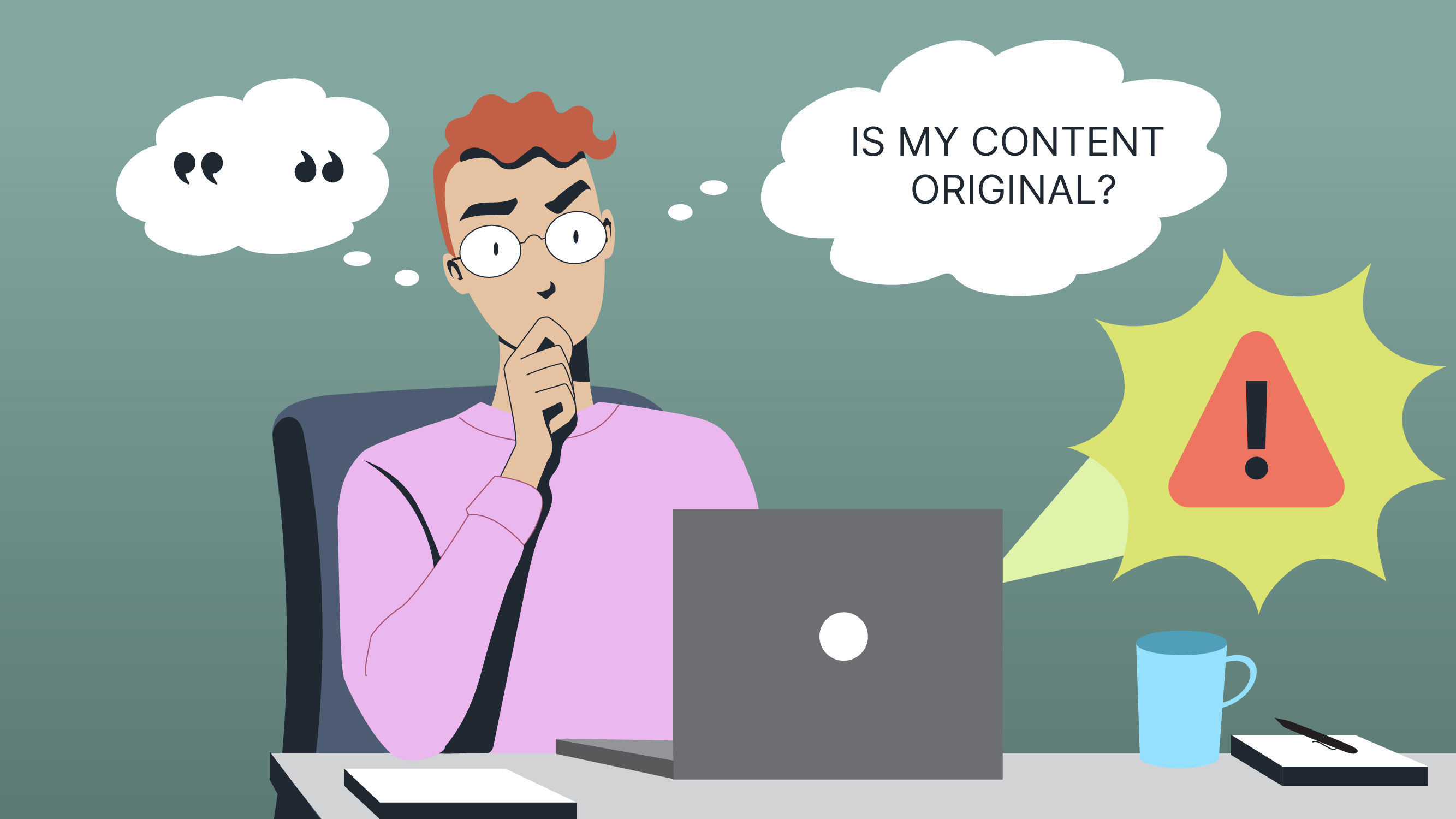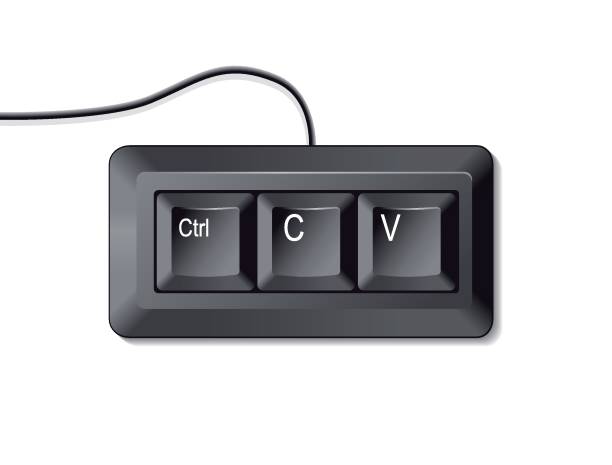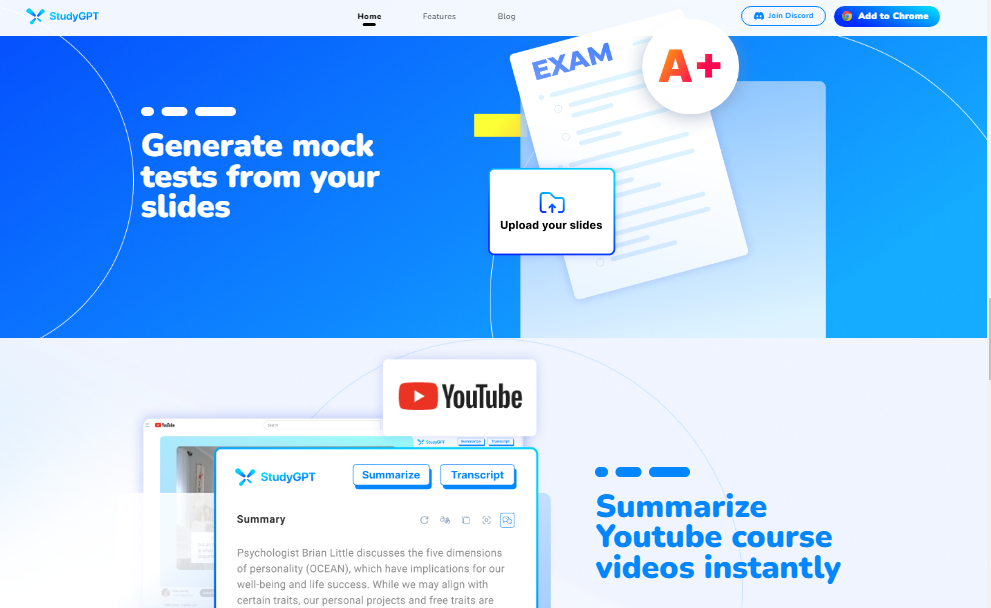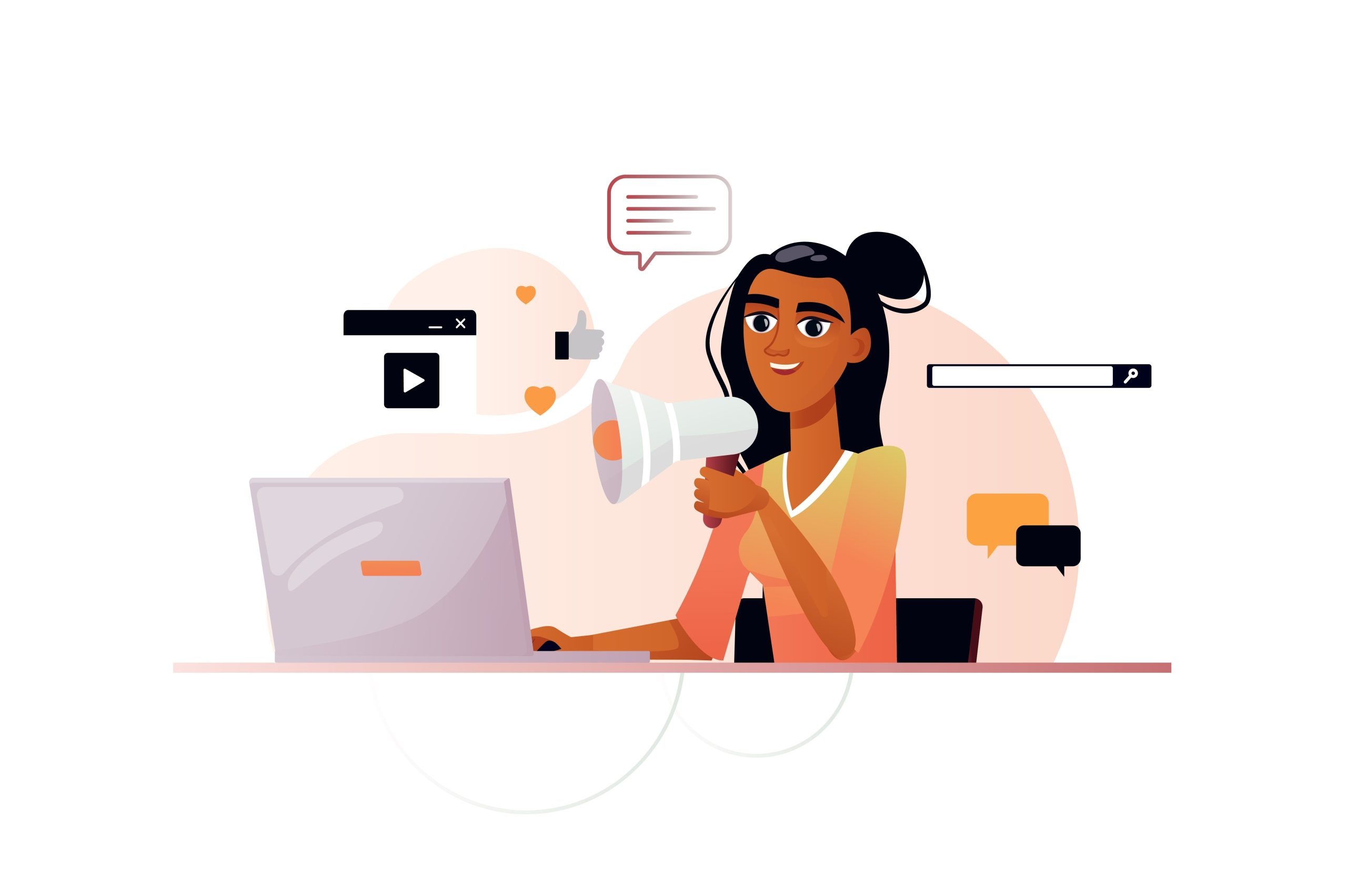With the rapid increase of AI in daily life and also for education, questions like "Is it illegal to use AI for homework?" start to be questioned by students, educators, and educational institutions, but before answering this question, we must understand the concept of the use of AI in education and whether is it or not dishonest to use AI while studying. Knowing that, let's learn the difference between ethical and dishonest use of AI for studying and how to use AI to improve your original work.

What is AI and what is plagiarism?
In simple words, we can say that Artificial Intelligence (AI) was created and programmed to imitate human behavior and intelligence and obviously to bring efficiency and productivity to our reality. Nowadays, we are surrounded by AI and we have gotten so used to it that we don't even notice sometimes; when you use Google Maps, social media, facial recognition to unlock your phone or your banking apps, or when you use your phone features like Siri and Alexa, you are enjoying the benefits that AI can provide us.
There's no doubt AI came to improve our lives and save us lots of time, but you also need to think about the cons of using AI, while accessing AI tools has become simpler for users, such as students employing resources like StudyGPT and Grammarly, ethical considerations arise. Some may wonder if using AI crosses into cheating territory. It prompts questions about where the boundary lies between utilizing AI as a helpful tool and relying on it to complete tasks.

When it comes to plagiarism, a lot of people don't fully understand what is it and whether is it or not considered plagiarism while studying with AI as an assistant. Plagiarism is basically the act of using someone else's ideas, words, or work without permission and presenting them as your own work. It includes a range of actions, such as copying text directly or paraphrasing without giving credit. The values of originality, honesty, and academic integrity are all compromised by plagiarism. In addition to infringing upon the rights of the original authors, plagiarism hinders the development and legitimacy of the plagiarist. It also undermines trust in the professional and academic communities. In order to prevent plagiarism, one must integrate other people's ideas with their own and properly credit their sources. This promotes an ethical and respectful culture of intellectual property.
First and foremost, it is critical to note that not all AI applications constitute plagiarism. Using AI tools for grammar checking, language translation, or idea generation can be a valuable aid in the writing process, similar to consulting a reliable reference book or soliciting input from a peer. In such circumstances, as long as due attribution is given to any external sources used by the AI, the act is ethical and adheres to academic integrity guidelines.
However, the distinction becomes blurred when AI is used to generate large amounts of material without proper oversight or credit. While AI-generated content may be technically original in the sense that it was not directly lifted from another source, failing to acknowledge the AI's contribution might still be considered plagiarism. This raises ethical questions about the authenticity and ownership of the art created.
Furthermore, the problem extends beyond academic contexts to content creation, where the definition of plagiarism becomes even more vague. With AI capable of creating articles, essays, and even artistic works, distinguishing between original and AI-generated content becomes increasingly difficult. Content providers must exercise vigilance to guarantee that AI-generated content does not violate copyright restrictions or mislead viewers about its origins.
Ultimately, the ethical consequences of AI use are dependent on transparency, accountability, and respect for intellectual property. While AI can surely increase efficiency and improve operations, users must maintain academic integrity and ethical scholarship. Proper credit, critical examination of AI-generated work, and a commitment to honesty and originality are all necessary for negotiating the ethical issues of AI and plagiarism in the digital age.
How to use Chatbots like StudyGPT to help you study?
Chatbots like StudyGPT can be used to level up your studies, especially because nowadays everyone has access to one-on-one help 24 hours a day and seven days per week. Knowing that how can you honestly use AI to improve your learning skills without crossing boundaries?
• Studying: Hours of painstaking flashcard manufacturing were once required to aid in rote memorizing. Chatbots with generative AI can generate digital flashcards and even multiple-choice quizzes in minutes if you copy and paste your study guide into the chatbox. Then, you can encourage it to ask questions without multiple-choice answers to ensure you have a strong understanding of the content.
• Researching: It can be overwhelming because it demands a lot of reading and rereading, as well as annotating passages to cite in your articles. An AI tool such as StudyGPT, Humata.AI, Wordtune Read, and other premium ChatGPT plugins serve as research assistants, summarizing your findings to help you comprehend and find what you're looking for. You can upload academic papers and ask queries to identify information within the document rather than searching the entire web, where results will be influenced by AI's limits in recognizing researched facts over opinion.

Is using StudyGPT plagiarism?
Plagiarism may occur when you use StudyGPT-generated content and present it as your own. StudyGPT can be used to assist build an outline and brainstorming ideas, but it is not a credible research source and is not considered original if it was not written by you.

Is using Grammarly cheating?
Using Grammarly's editing feature is not considered cheating. It's a tool that helps you identify and correct grammar errors, enhance word choice, and ensure that those commas are where they're supposed to be. It's a technique for identifying writing faults, which can help students become better writers by demonstrating how grammatical rules are used in their work. Grammarly offers a generative text option, which might be deemed cheating if used to construct your work for you.